'True waterfront homes are finite... miss one and it could be years before you see another like it again': Why the best waterfront property always hits the spot
There’s no denying the appeal of waterfront property, which now sells for some 51% more than its inland equivalent, finds Knight Frank. Annabel Dixon explores the shore.
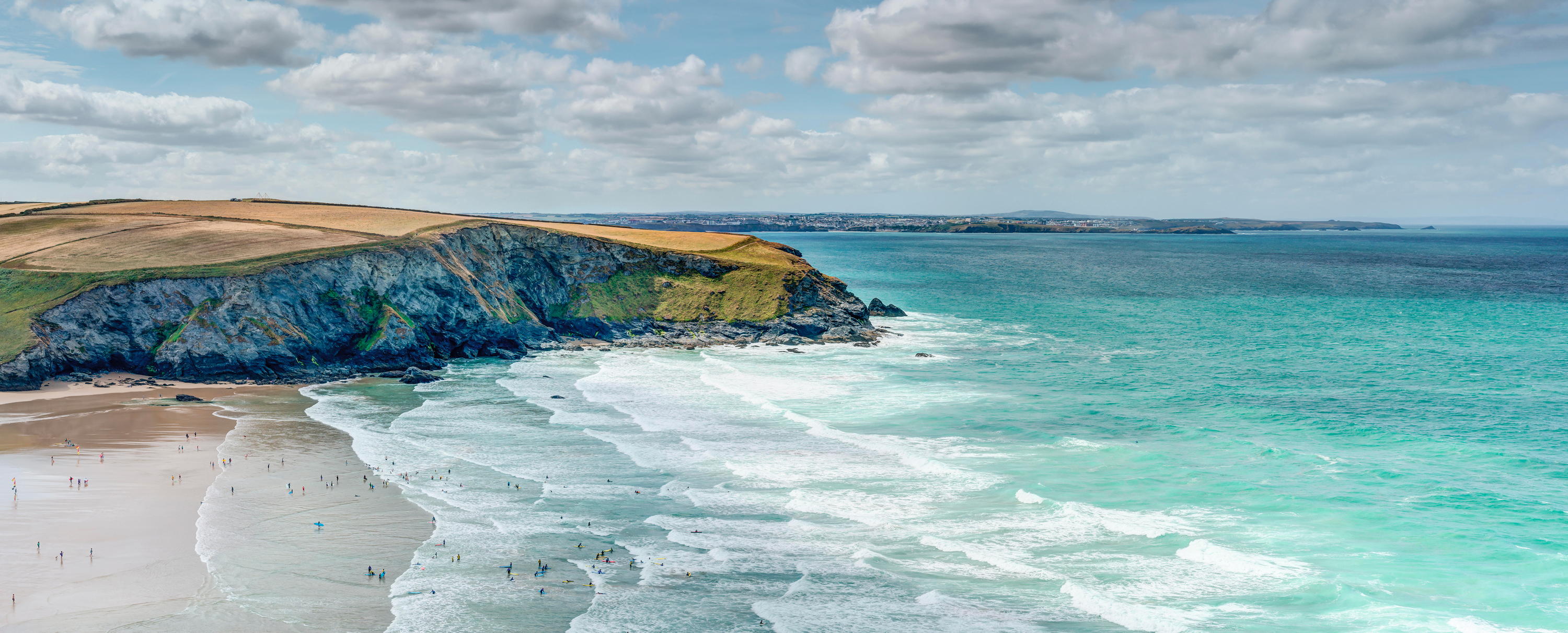

Homes situated close to the water are renowned for capturing the imagination, whether they’re tucked along a river, overlooking a lake or perched on a cliff. Such is their charm that waterfront homes in the UK now command an average price premium of 51% compared with their inland equivalents — up from 48% last year, according to Knight Frank’s latest research.
‘True waterfront homes are finite. These are often one-off properties in exceptional positions and there simply aren’t many of them,’ explains Hamish Humfrey, Knight Frank’s head of national waterfront. ‘Owners tend to hold onto them for a long time, so if you miss one, it could be years before a similar opportunity comes up again.’
Nearly half (48%) of waterfront buyers purchased with cash in the year to March, helping to buoy the sector. This compares with 39% in the overall premium housing market.
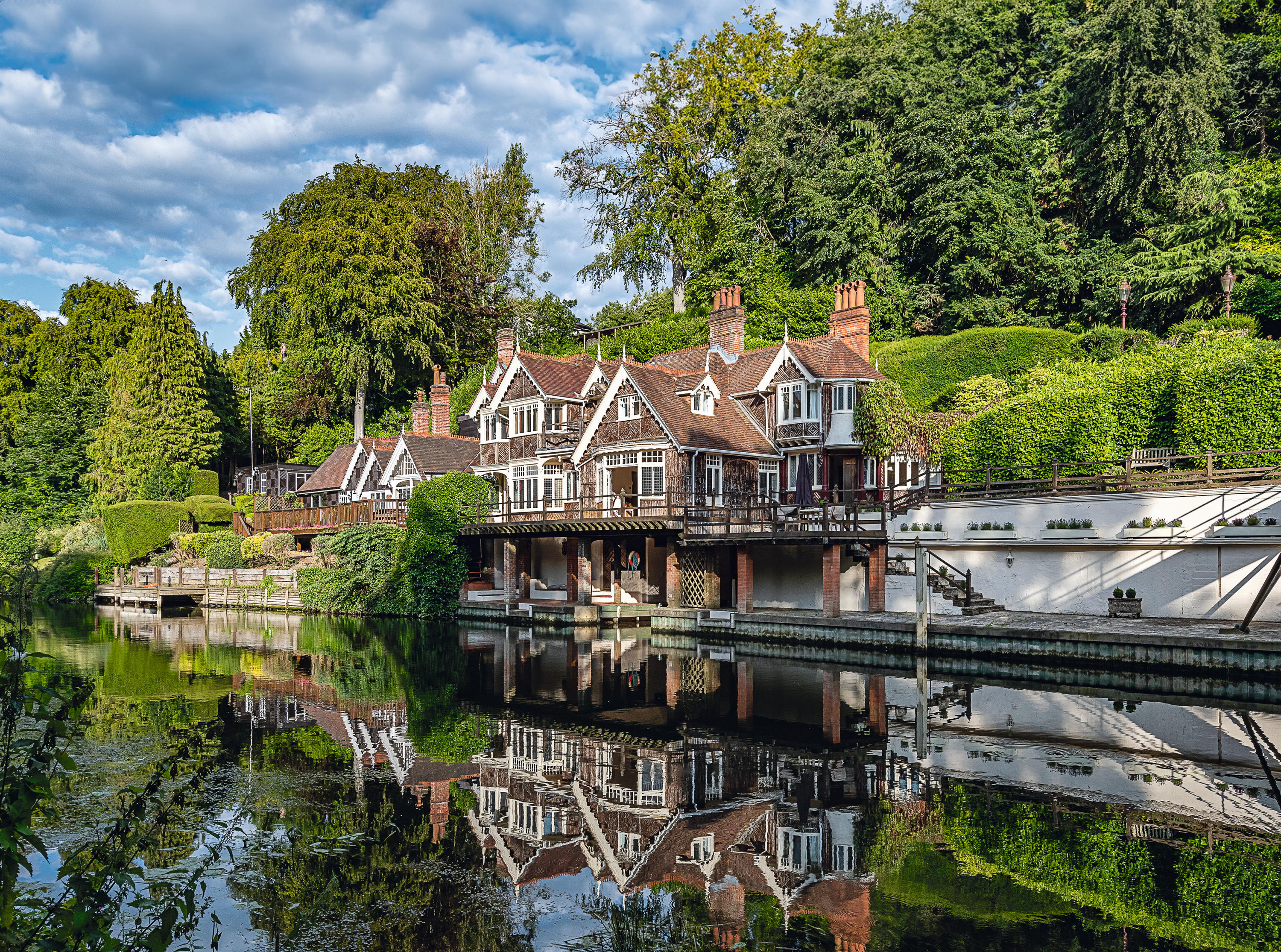
Berkshire, £4.45 million Thames-side estate The Islands at Cookham, near Maidenhead, includes a private 4½-acre island. House Collective and Hamptons.
Estuary locations command the highest premium of all, with an average uplift of 74%. This has edged down from 75% last year. ‘What makes estuary living so special is the ever-changing scenery, from shifting tides to the evolving landscapes with each season,’ says Louise Glanville, head of the Knight Frank office in Exeter. ‘The dynamic nature of the estuary creates a unique lifestyle, offering a wide range of activities and watersports.’
Homes next to lakes and lochs follow, with an average premium of 71%, unchanged from last year. ‘Lakeside living offers a rare blend of natural beauty, tranquillity and luxury, particularly within curated private estates such as The Lakes by Yoo [in the Cotswolds], which has become a real hotspot in recent years,’ explains Craig Fuller of Craig Fuller Property.
Coastal properties are typically worth 66% more than equivalent non-waterfront homes, with the premium also remaining the same as last year. Jamie Freeman, director of buying agency Haringtons UK, notes that, despite a downturn in discretionary buying, ‘the very best-in-class homes — trophy properties with sea views, private beach access or architectural merit — still command strong interest’.
Some of the most sought-after coastal markets include Mawgan Porth, Polzeath, Rock, Trebetherick and St Mawes in Cornwall, as well as Salcombe and Dartmouth in Devon, adds Mr Humfrey. Further up the coast, he cites Sandbanks in Dorset; Lymington and Beaulieu in Hampshire; and Chichester Harbour, West Sussex; plus parts of north Norfolk and the Suffolk coast.
Exquisite houses, the beauty of Nature, and how to get the most from your life, straight to your inbox.
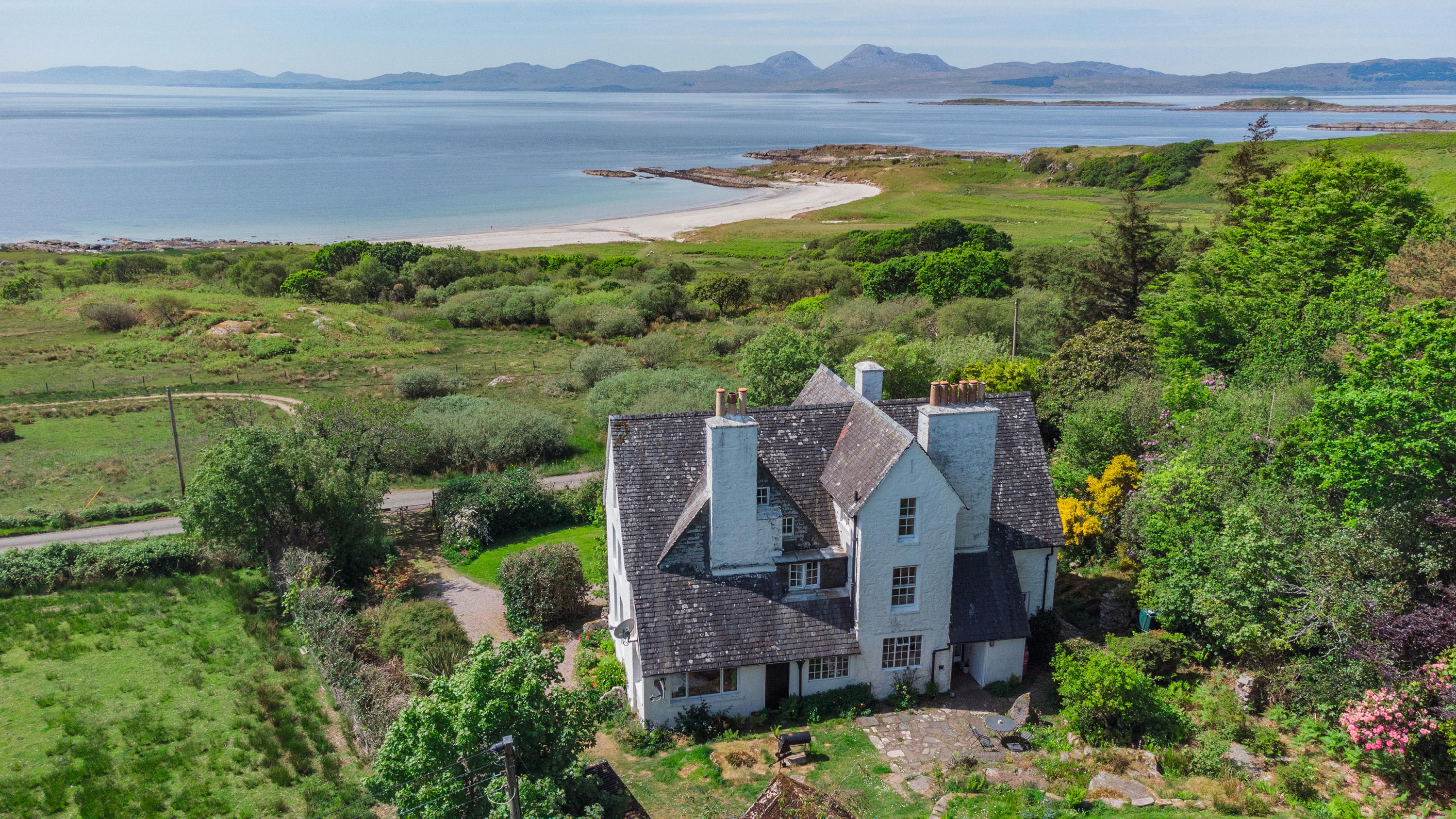
Argyll, offers over £875,000 via Strutt & Parker for seven-bedroom Dun A Bhuilg near Lochgilphead boasts views over Kilmory Bay..
Harbour and inland river locations enjoy premiums of 43% and 24% respectively; up on last year. According to Ed Sainter of Middleton Advisors, riverside homes are rare — especially those with private moorings — and often remain in families for generations. ‘That scarcity makes them even more sought after when they do come to market,’ he says.
In London, homes close to the water have only a 14% average price uplift. Key attractions of Thameside properties include connectivity (river services) and views. However, Marc Schneiderman, director at Arlington Residential, says premiums on Blomfield Road and Maida Avenue, overlooking Regent’s Canal, are upwards of 20% compared with neighbouring roads. ‘They have become some of the most sought-after homes in west London, competing with the period villas of Notting Hill.’
Against a backdrop of economic and political uncertainty, the number of waterfront homes on the market outside London increased by 6.4% in the year to March. Although that figure was flat across the country as a whole, the number of offers made (across the UK) was down by one-fifth. This led to average UK waterfront prices dipping by 1.2%, finds Knight Frank. Higher stamp-duty costs and market volatility haven’t deterred people from wanting to buy, observes Mr Humfrey, but they are being factored into what buyers are prepared to pay. ‘That’s likely part of the reason we’ve seen prices soften slightly,’ he adds.
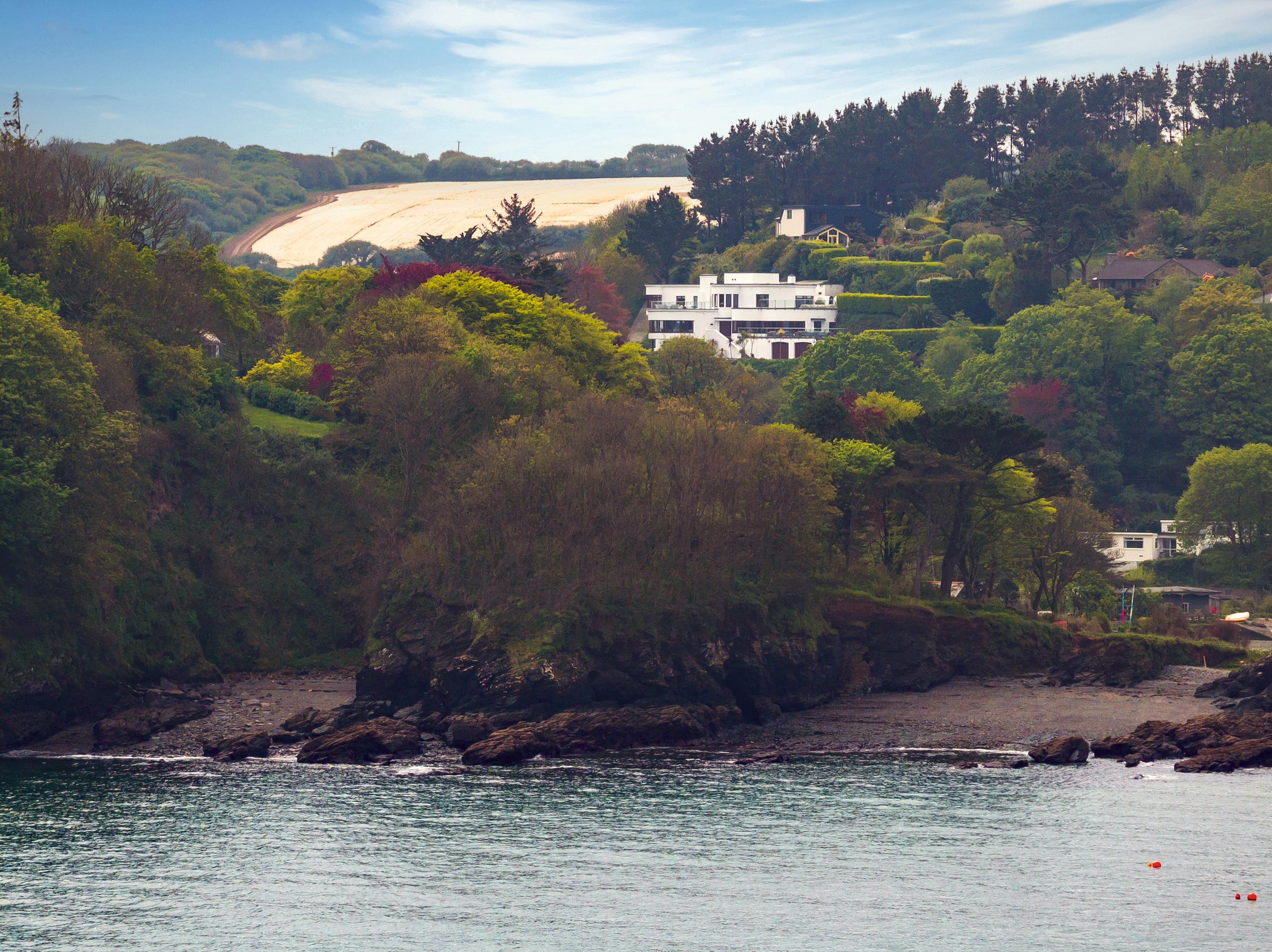
Cornwall, £5 million: Four- to six-bedroom Machan is close to Gillan Creek on the Lizard Peninsula, near Manaccan, Helston, with Knight Frank.
At the high end of the market, waterfront sales above £3 million accounted for 9% of all homes sold near water in the year to March, down from 12% in the previous 12 months. However, Christian Swaab, head of Strutt & Parker’s national waterside team, believes that ‘confidence is returning, particularly at the £3.5 million-plus end of the market, where buyers are often less exposed to wider financial pressures and more focused on finding the right long-term home’.
It’s the middle of the market that’s feeling the pinch, explains George Nares, co-founder of Blue Book Agency. ‘The 3% stamp-duty surcharge on additional homes, coupled with rising council-tax premiums in many holiday destinations, has made ownership far more expensive. For buyers considering a second property rather than a primary home, these added costs are increasingly hard to justify.’
-
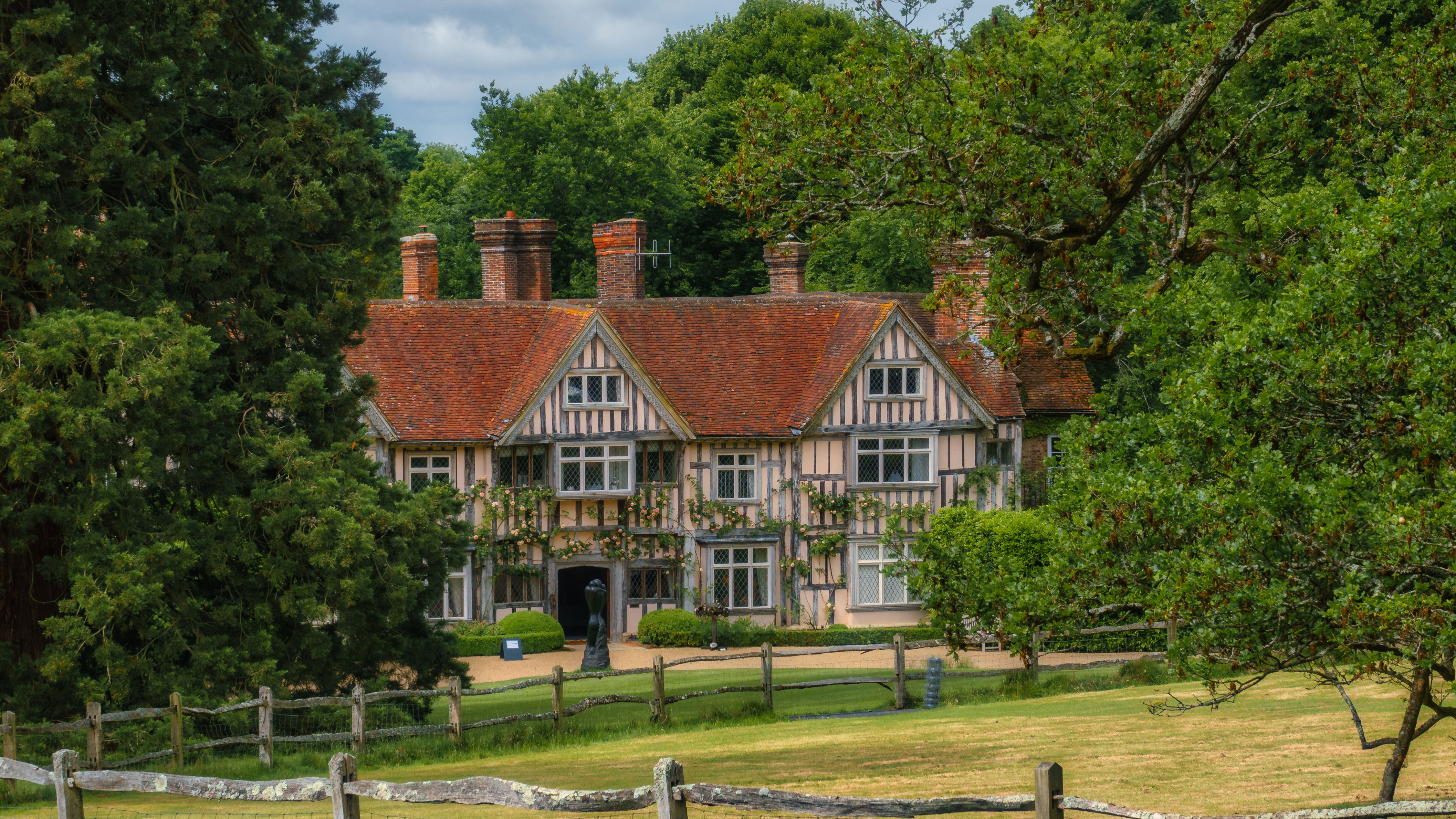 'Good news, let’s make the £20 million deal happen': The Mansion Tax that turned out to be 'the least worst outcome for prime property', and the places that will be hit
'Good news, let’s make the £20 million deal happen': The Mansion Tax that turned out to be 'the least worst outcome for prime property', and the places that will be hitWhere in Britain are the £2 million homes set to be hit by the Mansion Tax? Anna White takes a look.
By Anna White Published
-
 A very taxing quiz indeed: Country Life Quiz of the Day, November 26, 2025
A very taxing quiz indeed: Country Life Quiz of the Day, November 26, 2025Test your general knowledge in today's Quiz of the Day.
By Country Life Published
-
 'Good news, let’s make the £20 million deal happen': The Mansion Tax that turned out to be 'the least worst outcome for prime property', and the places that will be hit
'Good news, let’s make the £20 million deal happen': The Mansion Tax that turned out to be 'the least worst outcome for prime property', and the places that will be hitWhere in Britain are the £2 million homes set to be hit by the Mansion Tax? Anna White takes a look.
By Anna White Published
-
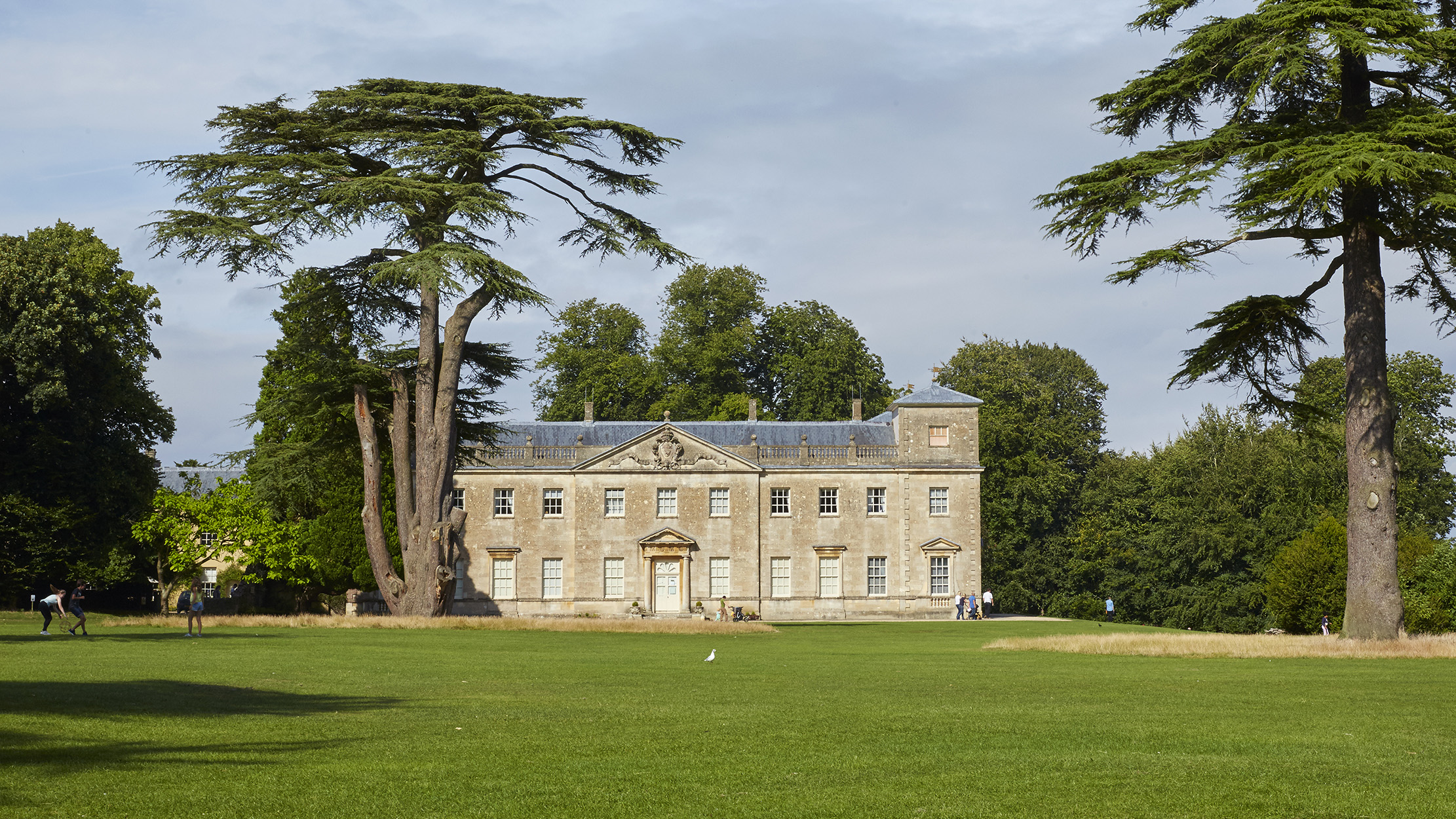 The Mansion Tax is here: Who will be hit, when and for how much
The Mansion Tax is here: Who will be hit, when and for how muchChancellor of the Exchequer Rachel Reeves has announced that the mansion tax will come into force in England and Wales from April 2028.
By Toby Keel Published
-
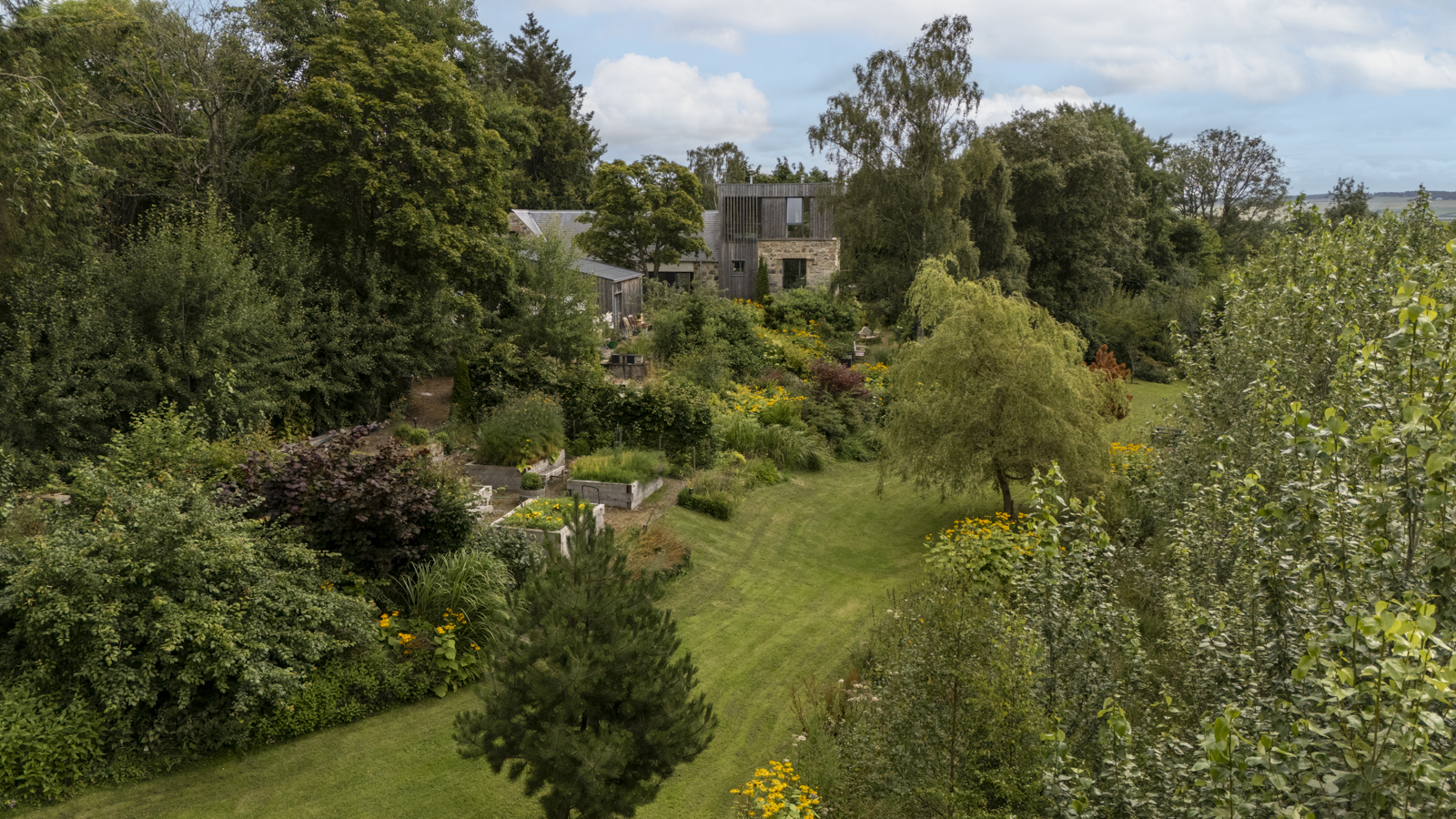 A wreck's renaissance: The 150-year-old mill that was falling apart stone by stone, now a beautiful Highland home ready for the next century and a half
A wreck's renaissance: The 150-year-old mill that was falling apart stone by stone, now a beautiful Highland home ready for the next century and a halfBogbain Mill's award-winning transformation was a labour of love for the owner, but it's now time for them to move on.
By Toby Keel Published
-
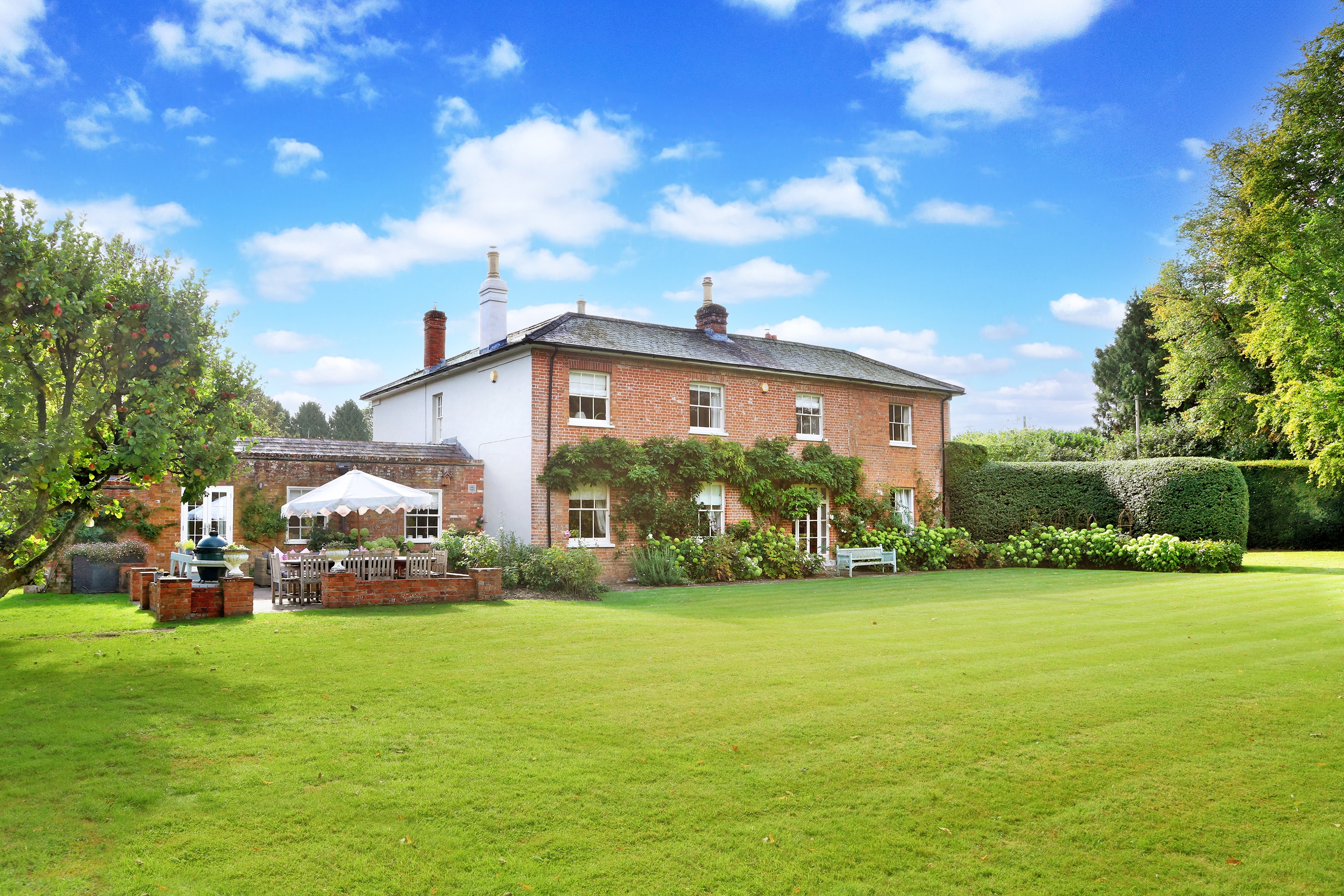 Old rectories are the second most sought-after homes in Britain, and this idyllic £2.45 million home is a perfect example of why
Old rectories are the second most sought-after homes in Britain, and this idyllic £2.45 million home is a perfect example of whyPenny Churchill looks at the wonderfully pretty Oakley House in Hampshire.
By Penny Churchill Published
-
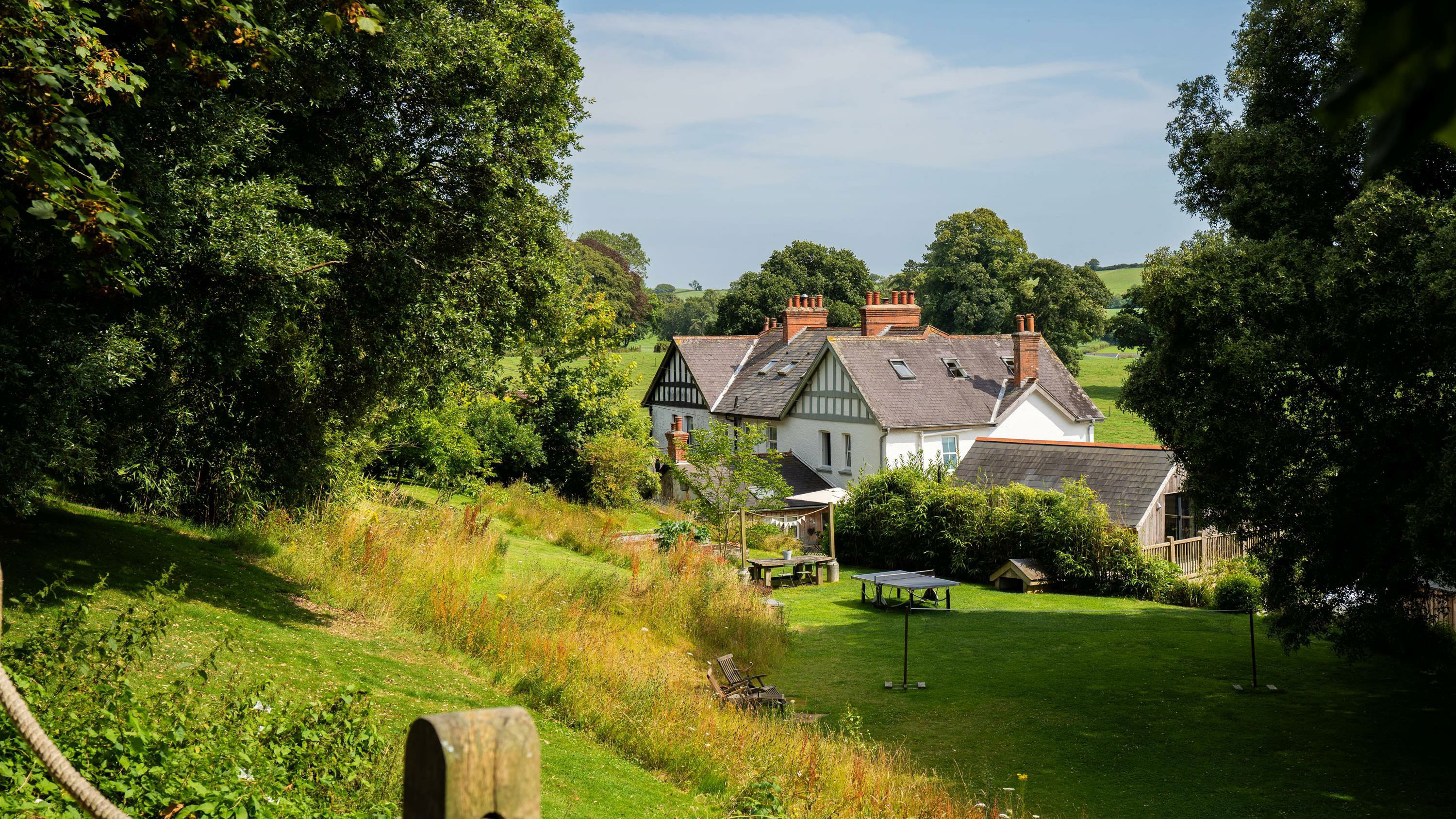 12 fabulous rural homes, from £650,000 to £4 million, as seen in Country Life
12 fabulous rural homes, from £650,000 to £4 million, as seen in Country LifeOur look includes a magnificently-situated home in Devon, a village home in Somerset and a historic Welsh farmhouse.
By Toby Keel Published
-
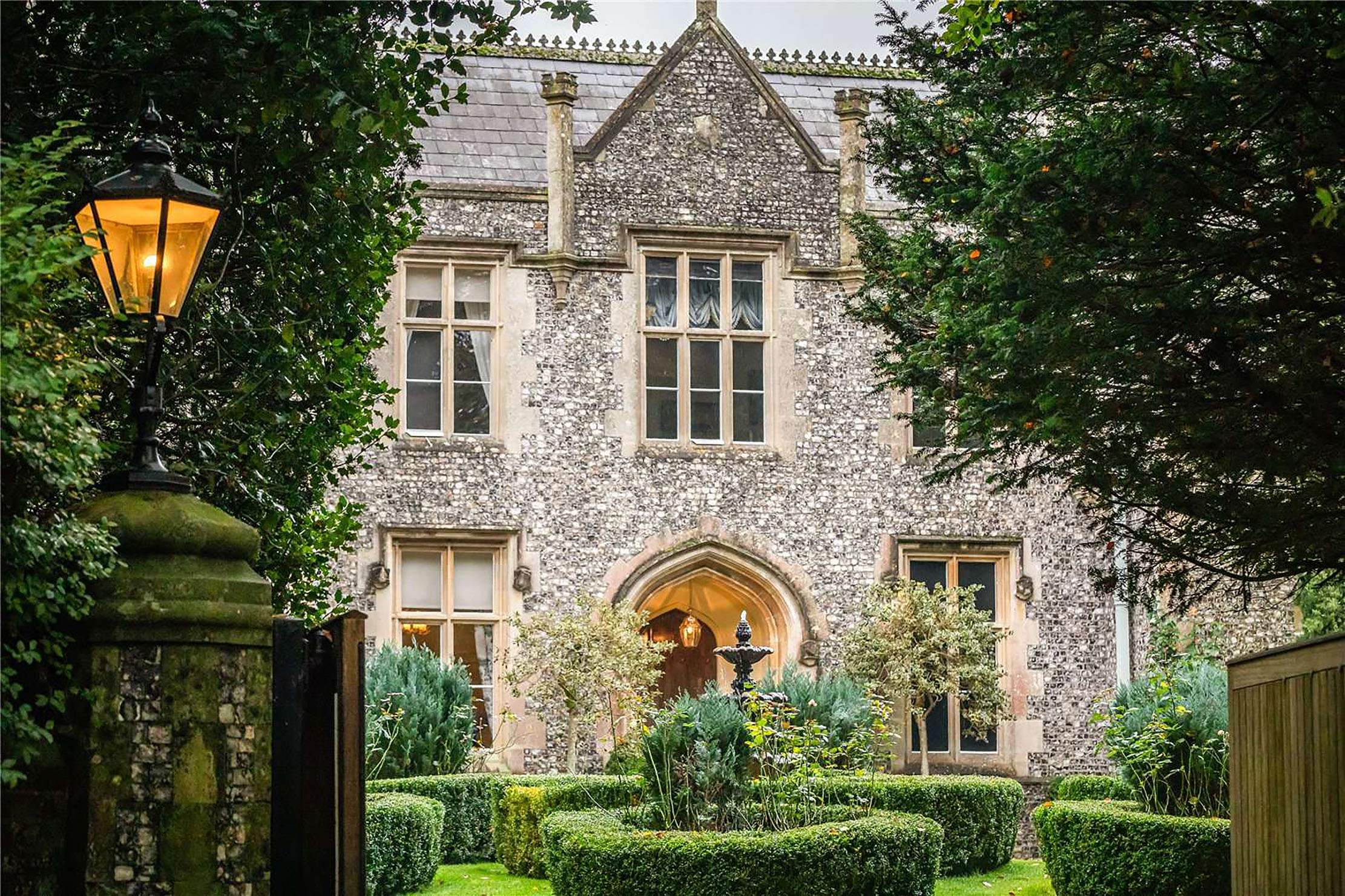 The Old Rectory for sale in a village up the road from Jane Austen's home, where the family lived that might have inspired some of her most memorable characters
The Old Rectory for sale in a village up the road from Jane Austen's home, where the family lived that might have inspired some of her most memorable charactersIn the village of Dummer, close to Jane Austen's family home at Steventon, a beautiful old rectory has cone to the market. Penny Churchill takes a look.
By Penny Churchill Published
-
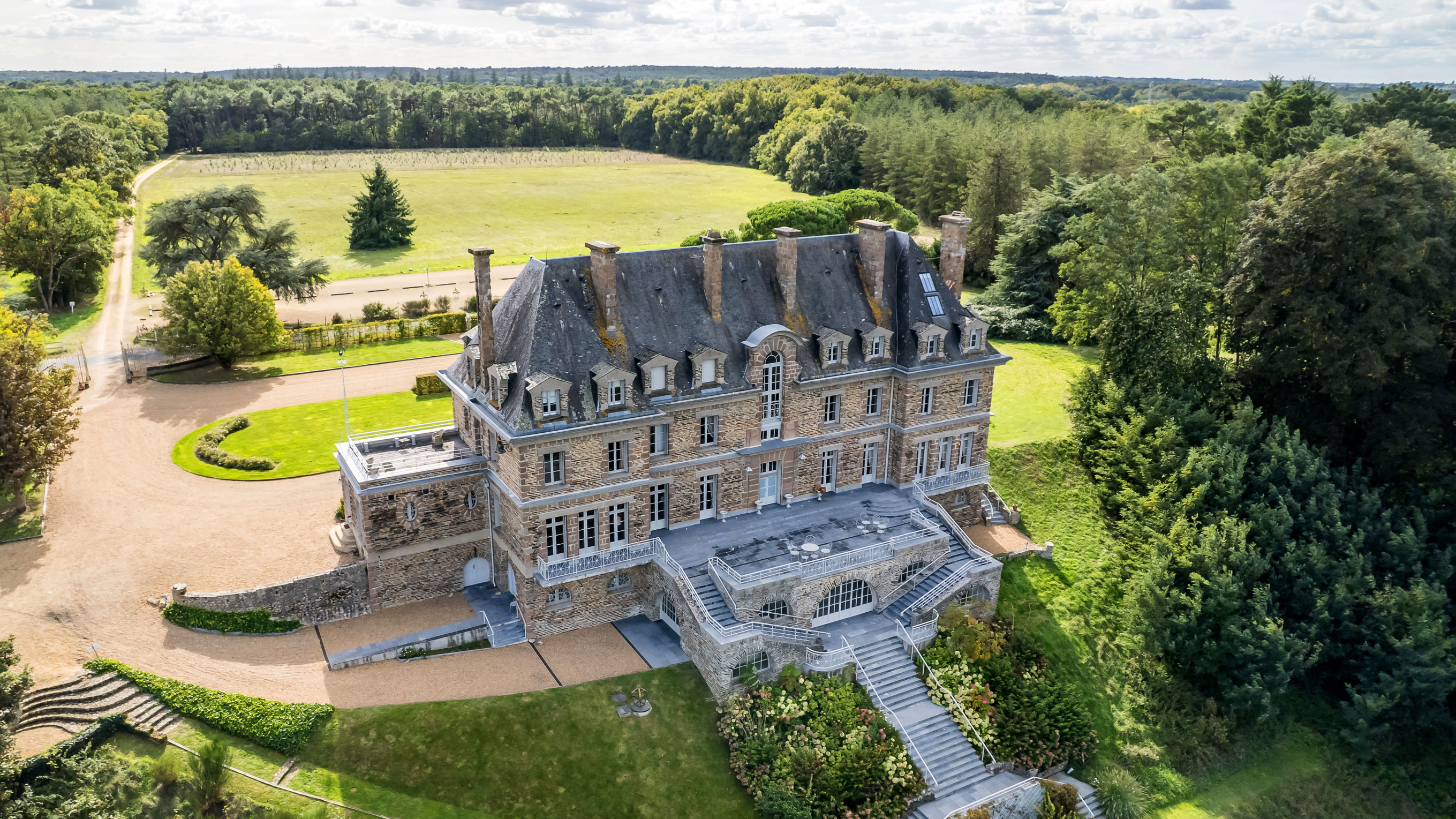 The pink granite chateau that the Cointreau family built in the Loire Valley is for sale at £3.5 million
The pink granite chateau that the Cointreau family built in the Loire Valley is for sale at £3.5 millionThe great country seats of the Guinness family have an equivalent over the Channel, where the chateau built by the Cointreau family is on the market.
By Toby Keel Published
-
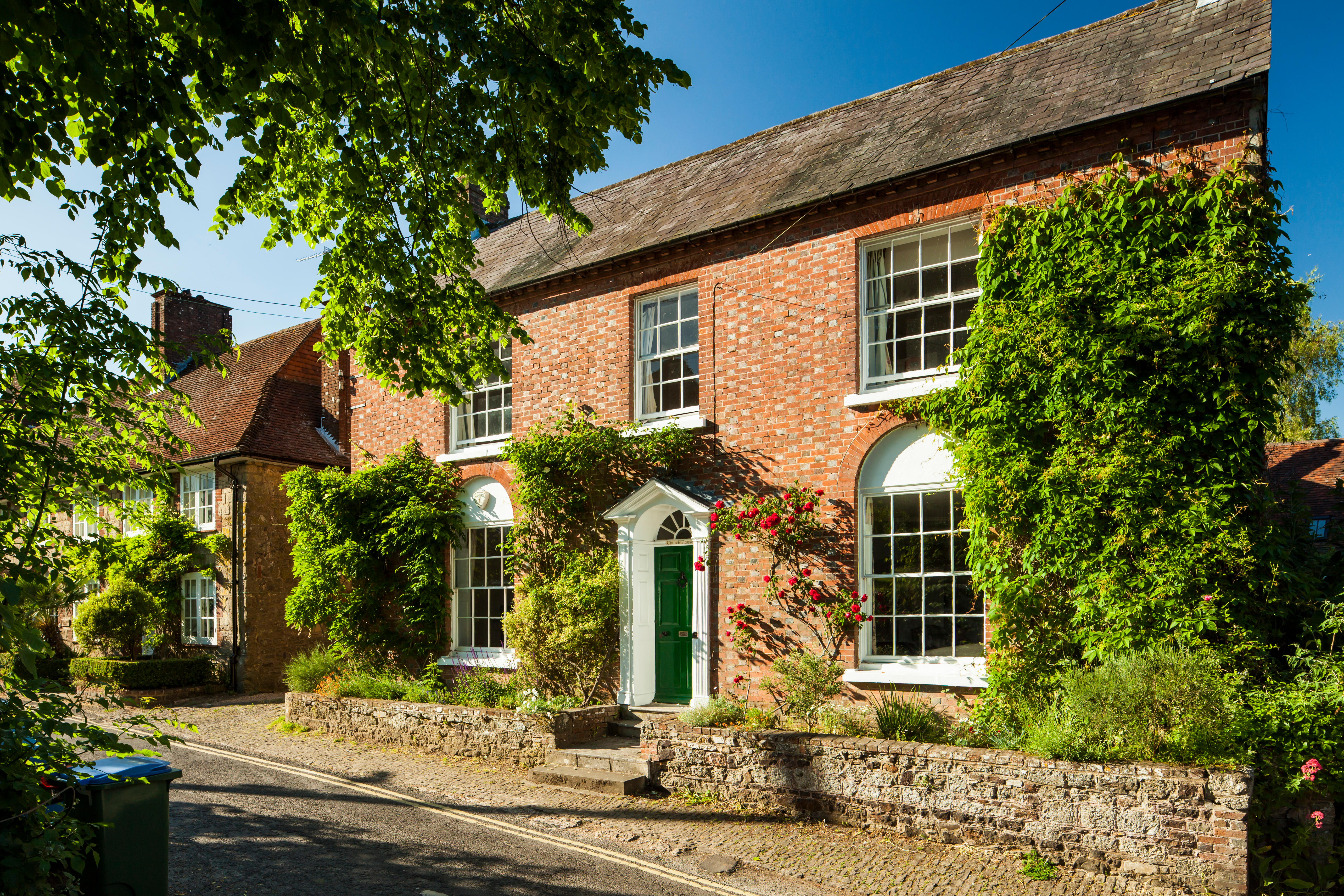 Is this the end of the Forever Home?
Is this the end of the Forever Home?The classic dream of finding a family house in which you can settle down, raise a family and grow old has never been harder to obtain. So has the concept of the 'Forever Home' had its day? Annabel Dixon reports.
By Annabel Dixon Published

